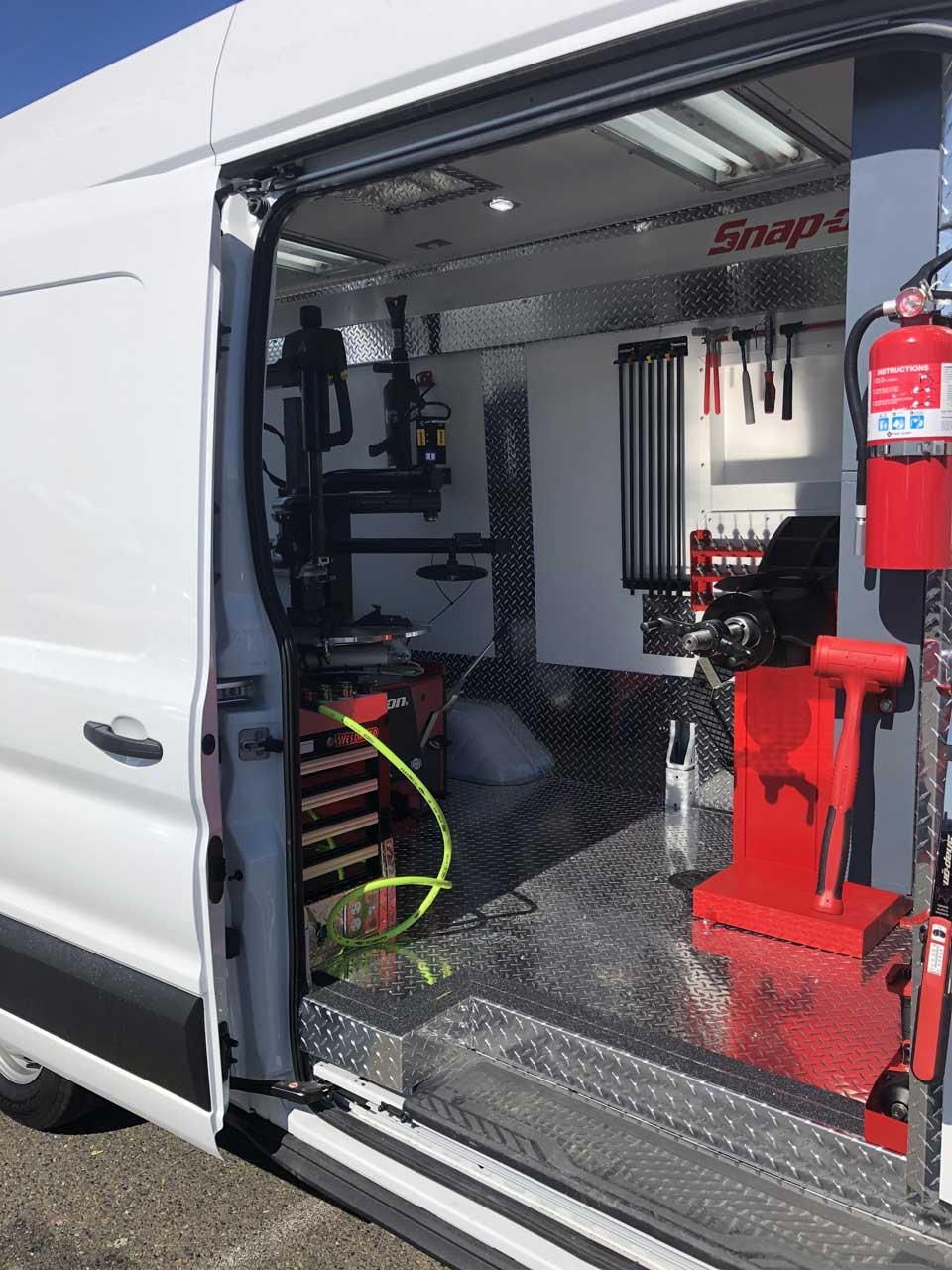Tire Service: Proven Techniques for Ideal Tire Upkeep and Treatment
Maintaining optimum tire condition is vital for both security and performance of any vehicle. From ensuring appropriate tire pressure to routine turning and alignment, there are tried and tested approaches that can dramatically extend the lifespan of your tires and boost general driving experience. As we explore the details of tire care and maintenance, we will certainly discover necessary standards that every vehicle proprietor should follow for the best feasible outcomes. Allow's explore the globe of tire solution and uncover the secrets to maintaining your tires in top-notch shape for the lengthy haul.
Relevance of Tire Pressure
Ample tire stress promotes better gas performance, as under-inflated tires can lead to raised rolling resistance, triggering the engine to work more challenging and eat more fuel. Appropriate tire stress guarantees even tread wear, boosting tire long life and saving cash in the long run by delaying the demand for premature replacements. Routinely adjusting and checking tire pressure, especially previously long journeys, is a basic yet reliable method to enhance lorry efficiency, extend tire life-span, and focus on security on the road.
Tire Rotation Guidelines
When thinking about tire rotation standards, it is crucial to comprehend the relevance of this maintenance job in optimizing tire lifespan and keeping optimum automobile performance. Tire turning involves altering the position of each tire on a car to guarantee even tread wear. Front tires have a tendency to wear a lot more quickly than rear tires due to steering pressures, making routine turning essential for balanced wear patterns.

Benefits of Wheel Positioning
Ensuring appropriate wheel placement after tire rotation is critical for keeping well balanced wear patterns and making the most of vehicle performance. Furthermore, appropriate wheel alignment assists to expand the life expectancy of your tires. Misaligned wheels can trigger uneven tire wear, leading to premature tire substitute and raised maintenance expenses.

Tire Tread Deepness Examine
Carrying out a routine inspection of tire walk depth is important for maintaining secure driving this content conditions and lengthening the lifespan of your tires. The step on your tires plays an important function in supplying grip, particularly in damp or slippery conditions. To check your tire walk depth, you read the article can use a walk depth gauge or the penny test. The advised walk depth goes to the very least 2/32 of an inch. It is time to replace your tires to guarantee optimal performance and safety on the road if the walk deepness is below this threshold. Unequal tread wear can indicate problems with tire suspension, stress, or placement, highlighting the significance of regular walk depth checks. Disregarding to keep an eye on and keep correct walk depth can result in reduced grip, longer stopping distances, and a raised threat of hydroplaning. By including tire step deepness check out your regular upkeep timetable, you can drive with confidence knowing that your tires remain in top condition.
Seasonal Tire Examination
Seasonal tire examination is a basic facet of tire maintenance that makes sure tires are ready to encounter the obstacles postured by various weather condition problems. In preparation for winter season, it is essential to inspect the tire pressure consistently as cool temperature levels can trigger tire pressure to go down. By conducting regular seasonal tire evaluations, chauffeurs can prolong tire life-span, improve fuel efficiency, and most notably, make sure a protected driving experience in varying weather condition conditions.
Conclusion
To conclude, keeping appropriate tire stress, rotating tires frequently, straightening wheels appropriately, monitoring step depth, and carrying out seasonal inspections are crucial techniques for optimum tire care. By adhering to these verified techniques, motorists can ensure their tires last longer, perform far better, and add to overall vehicle security. It is very important to prioritize tire maintenance to prevent accidents, improve gas efficiency, and extend the lifespan of try this site tires.
Adequate tire pressure advertises far better fuel efficiency, as under-inflated tires can lead to boosted rolling resistance, causing the engine to function harder and take in even more gas.When taking into consideration tire rotation guidelines, it is essential to understand the significance of this upkeep job in optimizing tire lifespan and preserving optimal car efficiency. Seasonal tire assessment is a fundamental facet of tire upkeep that makes sure tires are prepared to face the challenges presented by different weather conditions. By performing routine seasonal tire examinations, chauffeurs can lengthen tire lifespan, improve gas performance, and most significantly, guarantee a protected driving experience in differing weather condition conditions.
In final thought, keeping proper tire stress, rotating tires regularly, straightening wheels properly, keeping track of tread depth, and performing seasonal evaluations are essential methods for optimal tire care.